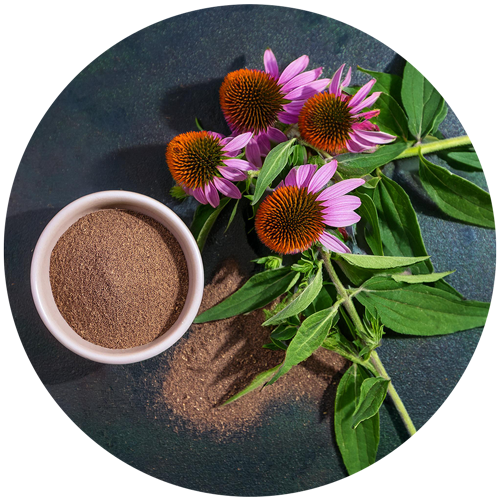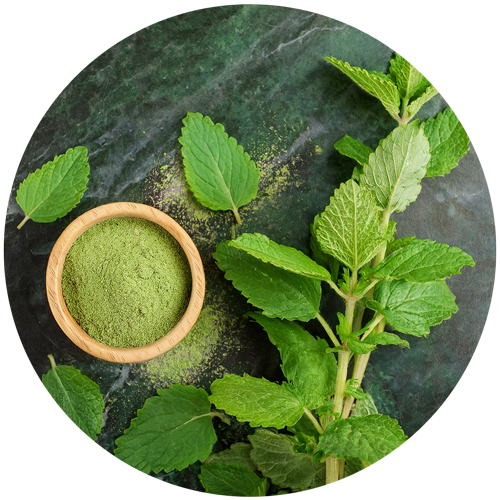

LIQUORICE
 Upper airways
Upper airways  Digestion
Digestion Liquorice root Glycyrrhiza glabra L. comes from a herbaceous plant native to the Middle East, West Asia and North Africa. It contains several active compounds, notably flavonoids and glycyrrhizin. Read the detailed description
Regulations
and analysis
Identification : TLC
Data on traditional use
Cahier de l’agence du médicament (France):
-
Used to aid digestion
-
Used for the upper respiratory tract
EMA monograph :
-
Used for digestive disorders (including stomach pain and indigestion).
-
Used for the upper respiratory tract
WHO monograph :
-
Used for sore throats and the upper respiratory tract
-
Used for digestive disorders (indigestion)
Monographie Canada :
-
Used for the upper respiratory tract
-
Used to help soothe the digestive tract
German monograph :
-
Used to soothe the upper respiratory tract and stomach/duodenum
Association ideas by health axis
Select one or more axes:

Detailed description
Liquorice root Glycyrrhiza glabra L. is derived from a herbaceous plant native to the Middle East, West Asia and North Africa that has traditionally been used to flavor beverages, in the confectionery industry and even tobacco.
In phytotherapy, liquorice is generally used to soothe the respiratory tract, relieve sore throats and promote healthy digestion and liver function. It has antioxidant properties that limit the damage caused by oxidative stress.







